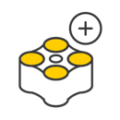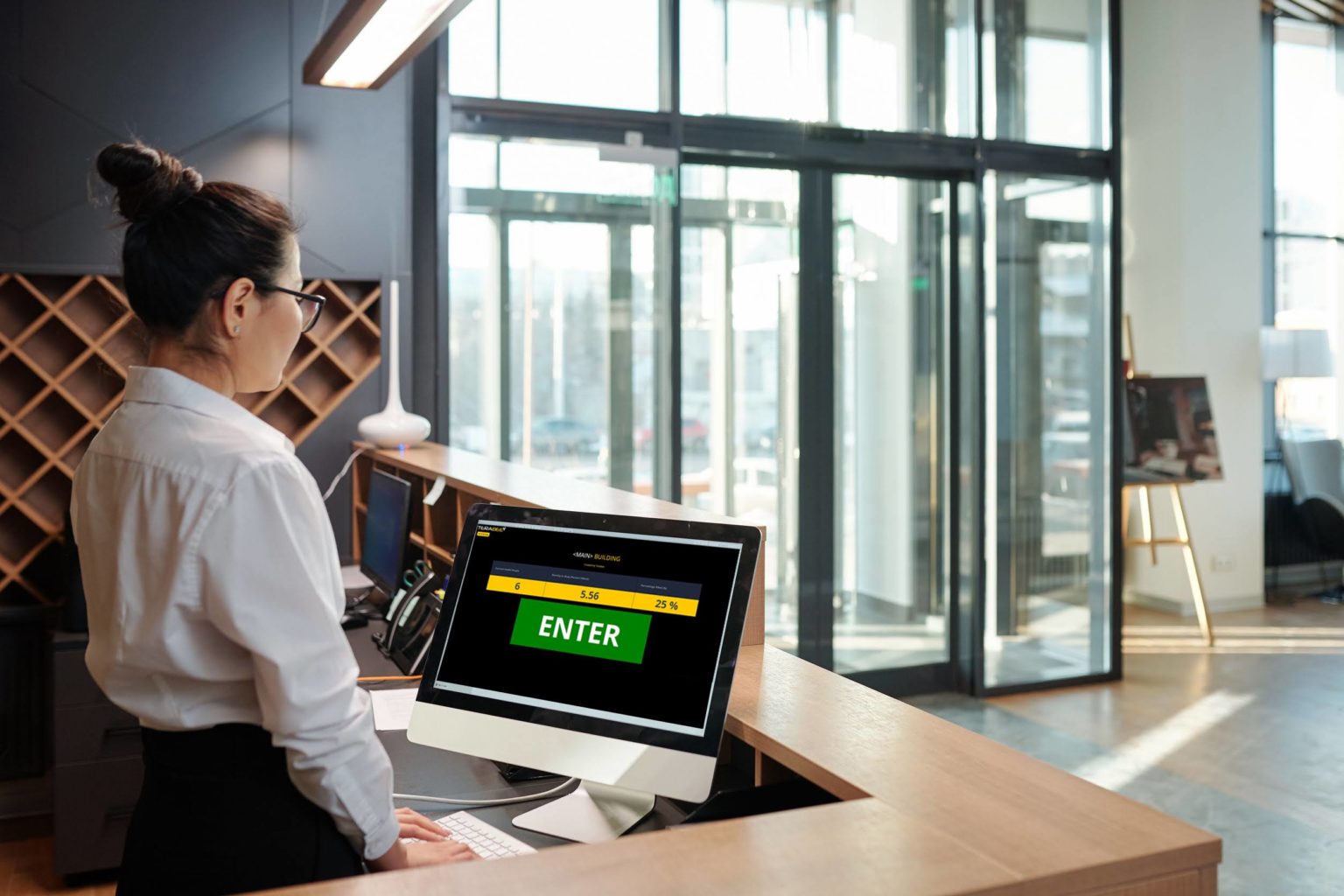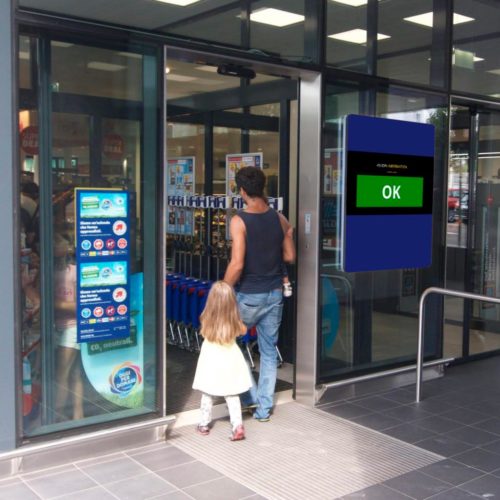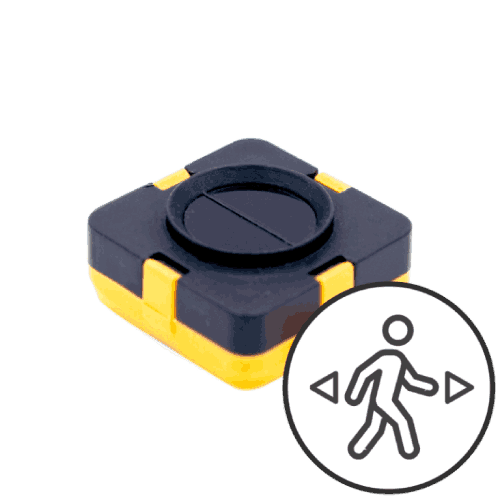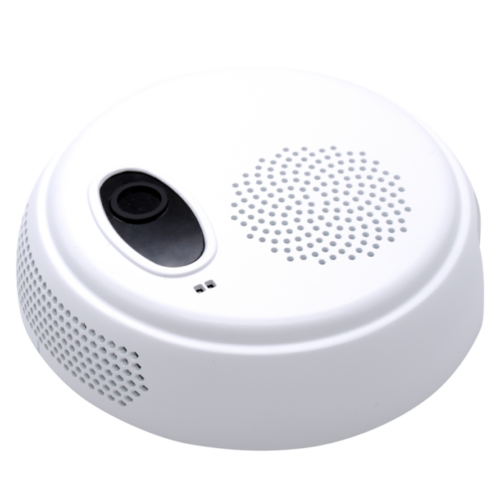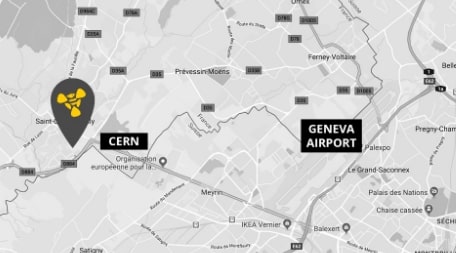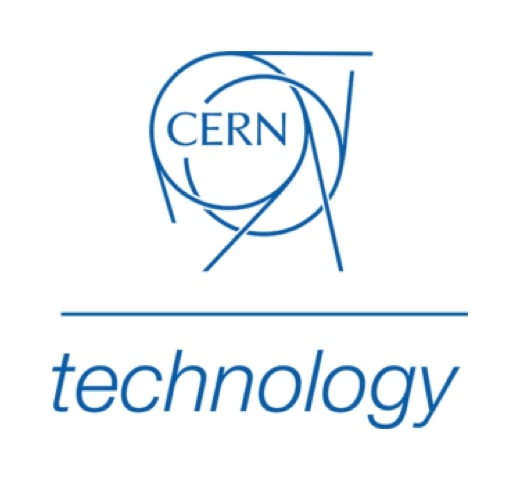Smart Buildings: How can room occupancy monitoring benefit you?
What is a Smart Building?
Smart Buildings use technology to share information about what goes on inside, across systems so that the building’s performance can be optimized. This information is then utilized to automate a range of processes from heating to security. Core systems within a Smart Building are linked, including fire alarms, pumps, power, and lighting.
If buildings are not optimized, lights may be left on in unused rooms. Or, spaces which are unoccupied may be heated, which wastes money, energy, and resources.

Benefits of a Smart Building
Overheads and utilities in a building accumulate to a substantial cost for any building owner or user. These are essential expenses, however the expense can be higher due to the lack of information on how buildings are utilized.
Smart Building technology help to cut costs and improve energy efficiency when systems within the building communicate with one another. By utilizing wasted space, companies can collectively lower their rental costs by around $1.5 trillion as the amount of space needed can be reduced by as much as 30% for many companies.
Role of room occupancy sensors in a Smart Building
Sensors are an integral part of the data collection process in a Smart Building, informing key decisions about where resources should be allocated. Smart Building systems continuously gather and analyze data, meaning they are often empowered to make automated adjustments. HVAC controllers can autonomously optimize air quality, for instance, improving both hygiene and the physical comfort of occupants. This all translates to improved productivity.
Room occupancy monitoring
The amount of people using a room at any given time is a vital source of information for a Smart Building. It allows for the systems to manage heating, lighting and other utilities. In our current climate, room occupancy monitoring is also critical for health and safety.
Due to Covid-19, social distancing measures are in place across the majority of work spaces. Room occupancy monitoring can aid these measures by ensuring that the users in a work space do not exceed the permitted number to comply with social distancing measures. The use of sensors end guesswork, allowing for space to be utilized safely and efficiently.
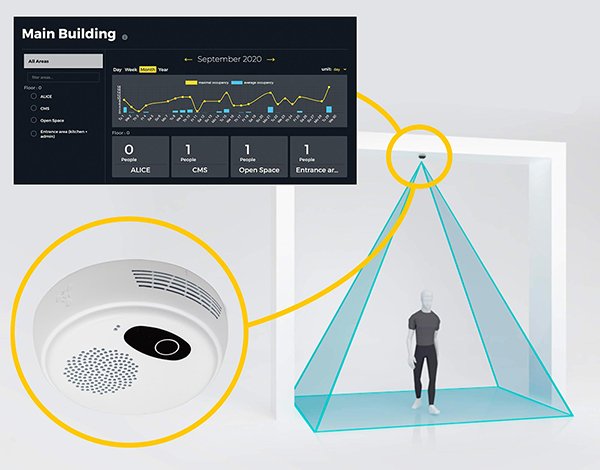
Room occupancy Time-of-Flight technology
Data can be accumulated over time which means that room occupancy can be optimized in the future. Time-of-Flight (ToF) technology is perfect for counting people and optimizing space and Tredecile’s ToF technology can be used for this, combined with a range of other applications. Tredecile has also developed a people-counting algorithm that is dependably generating 95% accuracy or more.
Our technology can be integrated into Smart Buildings with ease. It is quickly becoming one of the most accurate ways in which room occupancy and how people use space can be monitored in business premises. Looking for more information? Contact a member of the Tredecile team today using the link below.


